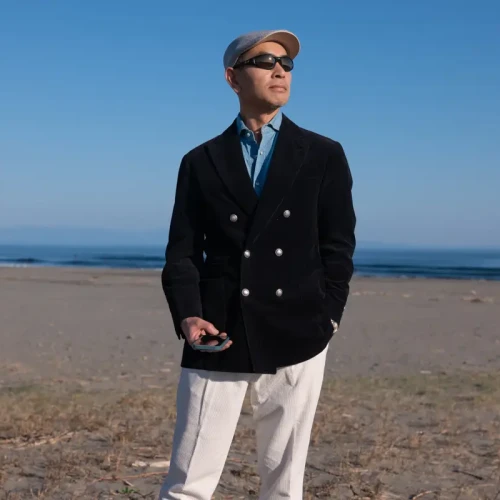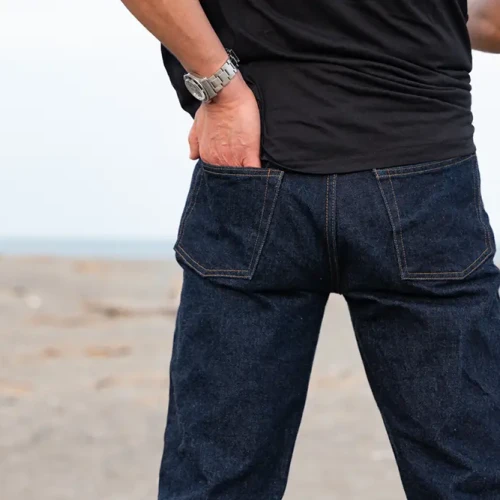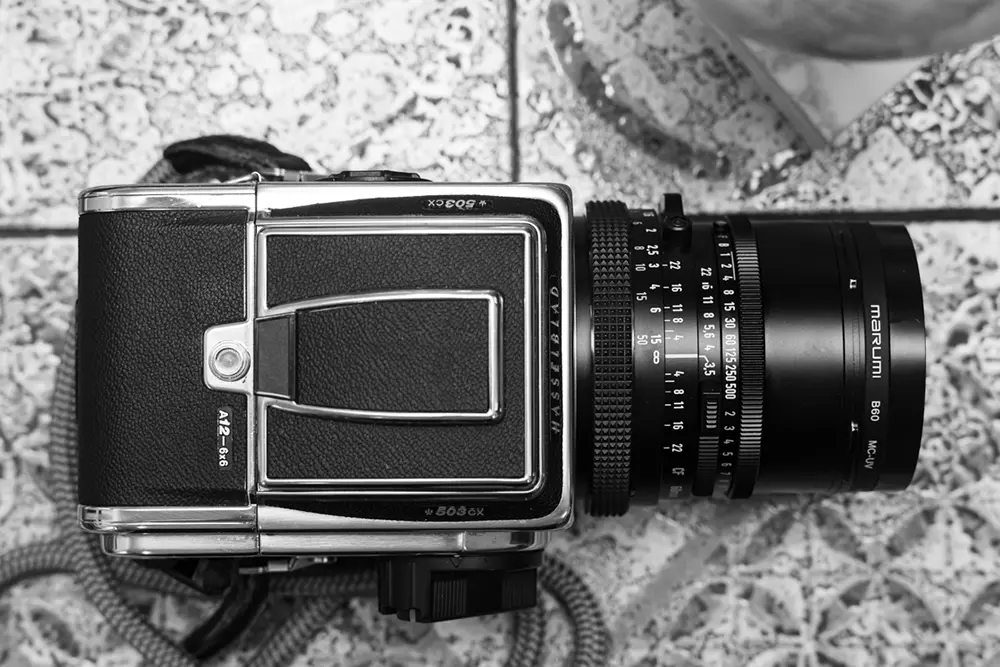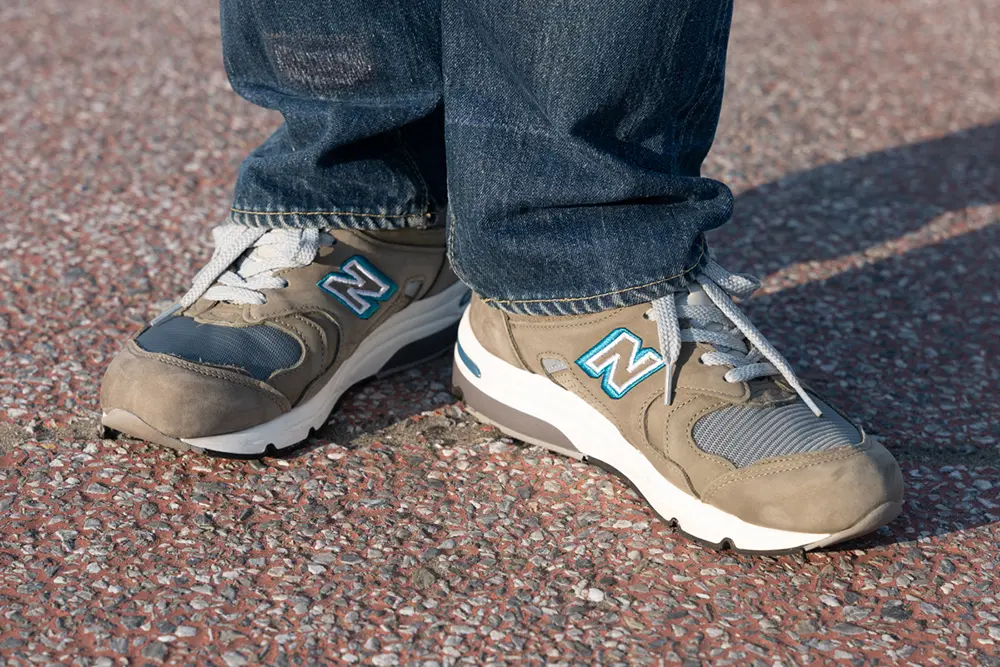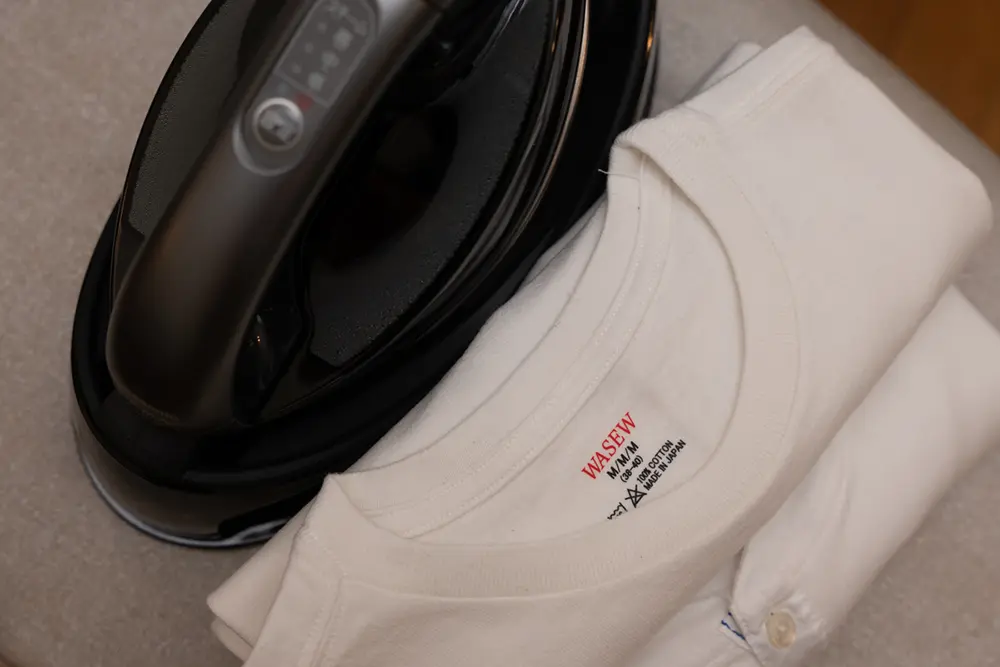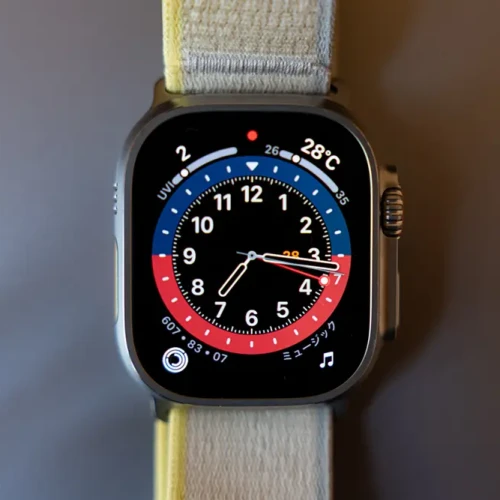S-Works Tarmac SL8

About Specialized’s flagship S-Works Tarmac SL8 racing bike
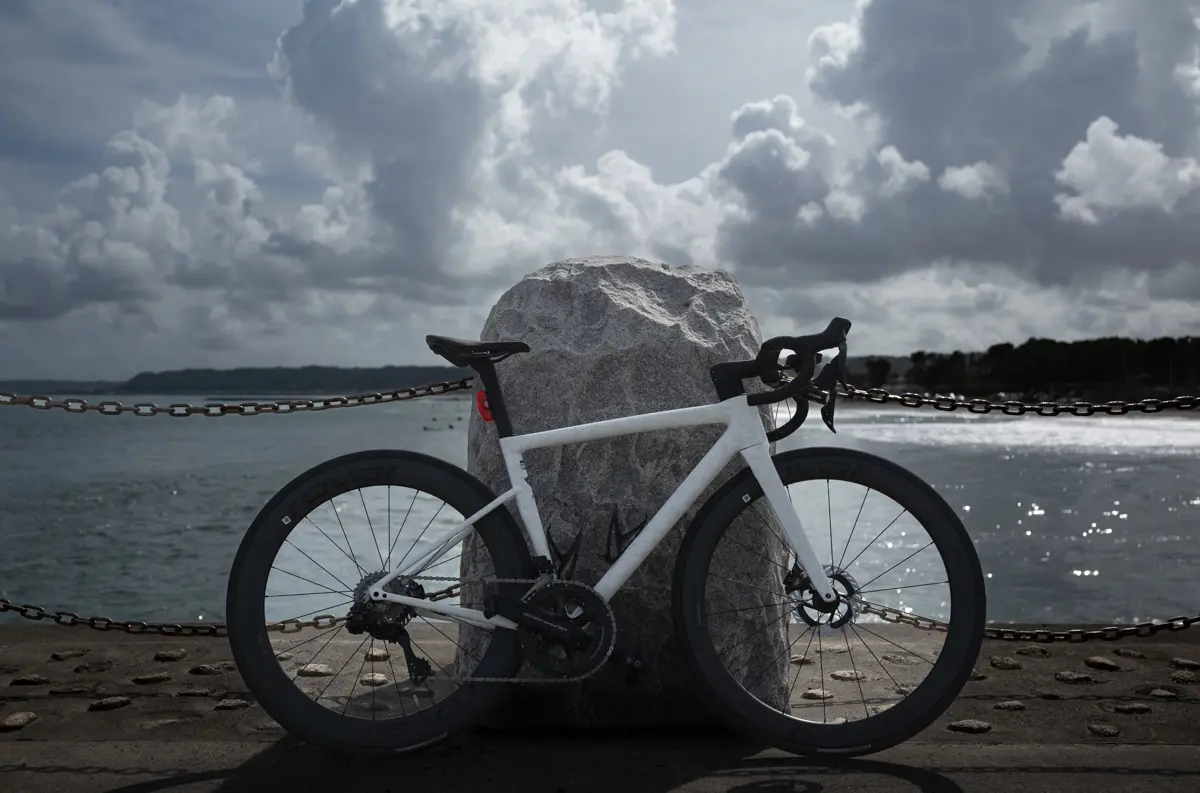
Introduction
I’ve been neglecting my blog since I stopped having time to go out for photos due to changes in my living environment, but I have some articles I’ve been wanting to introduce, so I’m thinking of finding some time to gradually introduce them.
This time, I’d like to introduce the S-Works Tarmac SL8, which I switched to from the Specialized Tarmac SL7 I introduced last summer. Ideally, I would have liked to introduce it together with cycle wear, cycling shoes, helmets, etc., after getting a bit more use out of it, but due to the fact that I haven’t had time to take photos, the photos are just of the bike.
I made the switch from the Specialized Tarmac SL7 to the S-Works Tarmac SL8 in August 2023
The main photos in this article are from when I took the bike out for a short ride in August 2023.
Specialized road bike
Specialized products are made up of a combination of complete bicycles and frames, with the parts you want to use selected and assembled. The SL8 I bought was a complete bicycle assembled with a frame of my choice. However, as the parts that Specialized assembles into complete bicycles are assembled with a frame of your choice, it is a semi-component structure that is similar to a complete bicycle.
When I bought it, I had a choice of Shimano or SRAM components, and there were different frame colours available for the complete bike and the frame only, so I bought the complete bike because I liked the colour of the frame.
Originally, road bikes are more strongly associated with training gear than as a general hobby, and are used in a different way to how road bike enthusiasts use them, such as for touring rides with friends or for competitions. The reason I chose white is that I often ride at night on national roads in rural areas where there are few cars, and I chose the colour white marble with a glossy finish because I thought it would be highly visible even on dark roads.
The purpose of the purchase was to take on the challenge of a triathlon.
Originally, S-Works road bikes are not intended for use by people like me, but rather for competitive cyclists. Specialized road bikes are already quite high-performance bikes, and while there are aspects that are over-specced for my own use, the reason I bought the latest high-performance S-Works SL8 model was because I decided to try my hand at triathlon.
Triathlons are divided into classes, and the class I was going to try was called the Olympic Distance, which is made up of three events:
- swimming (1.5km)
- cycling (40km)
- running (10km)
The reason I decided to take on the challenge of triathlon was that I was already doing two of the three disciplines of triathlon on a daily basis, doing light running of around 7km or 12km when I had the time, and riding my road bike for distances of around 30km or 70km when I had the time, so I thought that if there was a swimming event here, I could take part in a triathlon and complete it.
There are also special TT bikes for triathlon, but I didn’t think about it that seriously, and I thought it would be difficult to ride it for training on a regular basis, as it would be dedicated to competition use only, and the timing of my interest in triathlons coincided with the announcement of the SL8, so I received advice from the shop where I bought the SL7 and Divage that the SL8 would be easier to use for the purpose of completing an Olympic distance, and that the SL8 would be better suited to triathlon use than the SL7, as it would cause less fatigue for the same distance. (I think there are different options for people like me who are approaching middle age and are aiming to participate in middle-distance or long-distance triathlons, rather than just completing a short-distance triathlon.
In reality, since I bought the bike, I haven’t had much time for either my work or my personal life, so I’ve had to put my triathlon plans on hold for the time being, and I haven’t had time to go running or ride my road bike either.
I am writing this article with the hope that I will be able to maintain my motivation and goal of eventually challenging myself to an Olympic-distance triathlon, by resuming light running and riding when I have more time.
The S-Works Tarmac SL8 is the latest racing bike from Specialized, and I had high expectations for its aerodynamic performance based on the Venge of the past, but when the product was announced, the aerodynamic concept was not what was expected, and there were mixed reviews, so I thought that people might be interested but wonder how it really is (that’s just my own imagination), and I thought that I could write about that in an article, even though I’ve only been able to ride it a little since I actually bought it, because it’s a good road bike.
About the S-Works Tarmac SL8
I think the easiest way to understand the difference between Specialized and S-Works is to think of Specialized as a manufacturer that originally produces high-performance road bikes and MTBs, and then sells professional models used in races etc. under the separate S-Works brand.
The relationship between Specialized and S-Works is easiest to understand if you compare it to a German car manufacturer, and it is like the separate brands that sell GT-class racing cars developed for racing by the manufacturer’s works team, such as M for BMW, RS for Audi, and AMG for Mercedes-Benz. The difference between cars and bicycles is that cars cannot be driven on public roads as racing cars, so they are sold as commercial vehicles in a state that allows them to be driven on public roads, and so they are different from actual racing cars. Bicycles are sold as they are, so even amateurs can buy the same road bikes as those ridden by professionals in the Tour de France.
I would like to briefly touch on the differences between the Specialized Tarmac SL7 and the S-Works Tarmac SL8, and whether it is worth changing bikes based on my own experience of changing bikes.
When the S-Works Tarmac SL8 was announced, it became a topic of conversation, for better or for worse, but regardless of road bikes, the evolution of modern technology is incredible, and when it comes to whether you can actually feel the difference, the answer is both yes and no. It’s a bit like the situation of whether you need to buy the latest model of an iPhone or something similar, and in the end, the conclusion is whether the person using it thinks they need that performance and want it.
There is also an evolution from the SL7 to the latest SL8, but the difference between Specialized and S-Works is also significant, so I will briefly touch on this.
As this blog is not dedicated to road bikes, I hope that even those who are not familiar with road bikes will be able to get some kind of idea from it.
The difference between Specialized and S-Works
- Frame: Both Specialized and S-Works are made of carbon, but S-Works is of a higher grade (lighter and stronger, etc.)
- Components (gears, chains, brakes, etc.): Both Specialized and S-Works are made of Shimano electric components, but Specialized is of a higher grade called Ultegra, and S-Works is of a higher grade called Dura-Ace. The difference between the two is in the lightness and feel of operation, and Dura-Ace has a function called a power meter that measures your riding ability (your leg strength). (SRAM is the same.)
- Handlebars: Both the Specialized and S-Works models are made of carbon and have aerodynamic features, which is a recent trend. The handlebars used on the SL8 are lighter and have better aerodynamic performance.
- Seat post: Both the Specialized and S-Works models are made of carbon and have aerodynamic features, which is a recent trend. The seat post used on the SL8 is lighter and has better aerodynamic performance. (The seatpost that can be used differs between the 52 and 54 sizes, but the battery for the electronic shifters interferes with the seatpost, so the seatpost size needs to be carefully matched.
- Seat Both the Specialized and S-Works models are made of carbon, and the seat used on the SL8 is lighter.
- Wheels In line with the current trend for road bikes, the wheels are made of carbon with deep rims and disc brakes that are aerodynamic. The wheels used on the SL8 are also lighter and have better aerodynamic performance.
- Tyres: Specialized recommends clincher tyres (with tubes) for their road bikes, although they are tubeless-ready and have been designed with maintenance in mind, so we have fitted clincher tyres. (Tubeless tyres have their advantages, such as the ability to be regularly filled with sealant, but they are also more difficult to maintain, so they are not suitable for amateur cyclists who only ride occasionally. ) The tyres fitted to the Specialized and S-Works bikes are also of different grades. The tyres fitted to the S-Works bikes are also higher-performance and lighter.
The accumulation of the slight differences mentioned above results in differences in weight and aerodynamic performance, and the benefits of this numerical difference in weight and aerodynamic performance can be seen when you compare the two cars. As well as speed, you can also feel the difference in physical precision and experience the difference in mechanical accuracy, so you can feel the difference when you compare the two cars.
The difference between components is when you buy a ready-made road bike, or you can buy the frame and put together the components and parts yourself, so for some people the only difference is the frame.
The difference in the parts used and their grade is what makes the difference in price. (It’s a shame that the price has risen so much due to the sudden depreciation of the yen recently.)

